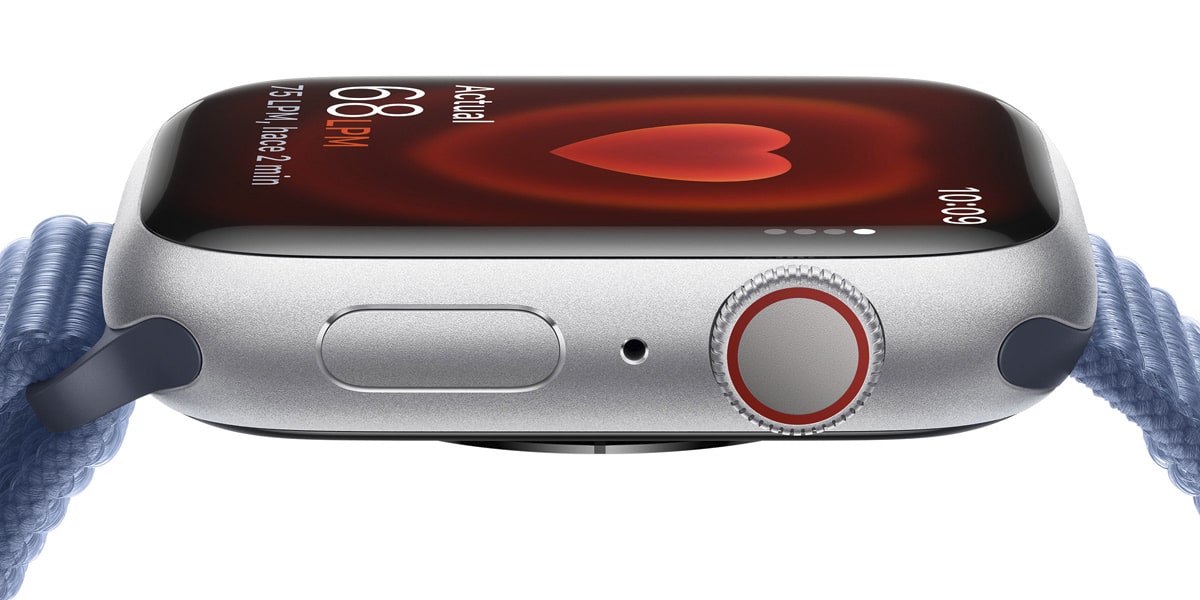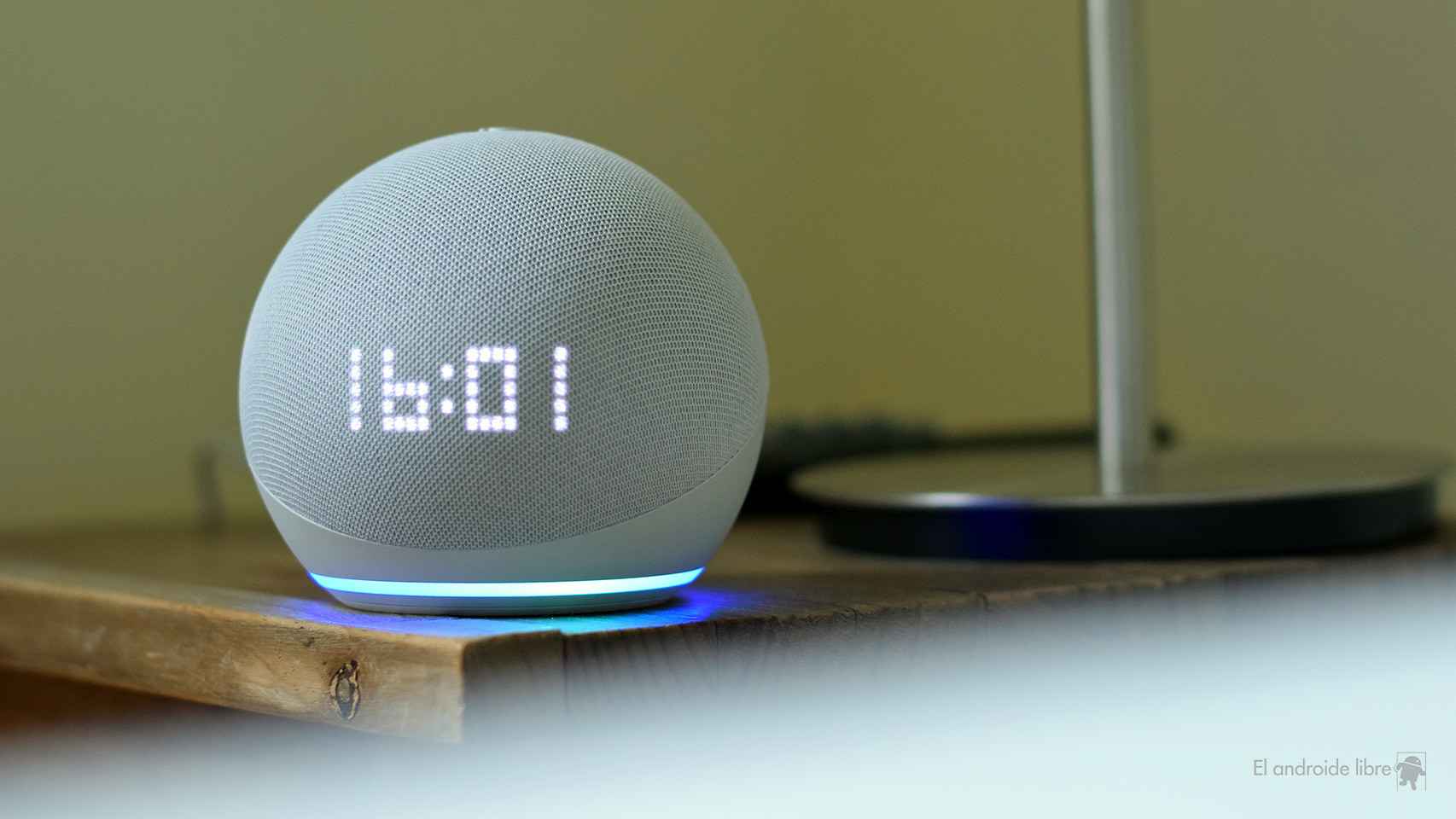
Rumors about the arrival of the Apple Watch Ultra 3 in September have reappeared with force, along with possible new sleep apnea and blood pressure detection functions. These features would also be available on the Series 9. However, today’s news is that the The FDA has qualified the Apple Watch’s atrial fibrillation (AF) history feature under the MDDT program, proving that this feature provides a non-invasive way to verify FA estimates in clinical studies. A big step for Apple in the world of health.
One step closer to Apple Watch’s atrial fibrillation history feature
One of the commitments that Apple maintains in each of its devices is its commitment to advancing user health as well as technological innovation. The Apple Watch is one of the devices that has had the most importance in the world of health since its debut. Thanks to it, in addition to its integration into watchOS, it allows the detection of arrhythmias, accidents and falls, drops in blood oxygen saturation and much more.

Related article:
The Apple Watch Ultra 3 could arrive without many new features in September 2024
A few hours ago the FDA, the Food and Drug Administration of the United States, qualified atrial fibrillation history function of the Apple Watch within the MDDT (Medical Device Development Tools) program. Thanks to this, the FDA certifies that this function allows detecting and verifying the existence and heart rate in patients with AF, in addition to approving that the Apple Watch can be used as a biomarker test to help in estimate AF in clinical studies. In addition, the FDA assures that it is also suitable for used throughout the clinical study, before and after cardiac ablation devices,

Learn more about the history of atrial fibrillation
Apple via a support document informs users of this function:
This is free medical software for mobile devices, suitable for users over 22 years old who have been diagnosed with atrial fibrillation.
Among the most important functions of this application are identification of arrhythmia episodes that may correlate with atrial fibrillation. In addition, it provides the user, through a retrospective analysis, with the arrhythmia burden, That is to say the period during which you had this arrhythmia while wearing the Apple Watch.
Finally, Apple specifies that there are other uses of this function:
It also tracks and estimates AF burden over time and provides views of lifestyle data so users can understand how certain aspects of their lifestyle influence their atrial fibrillation.








